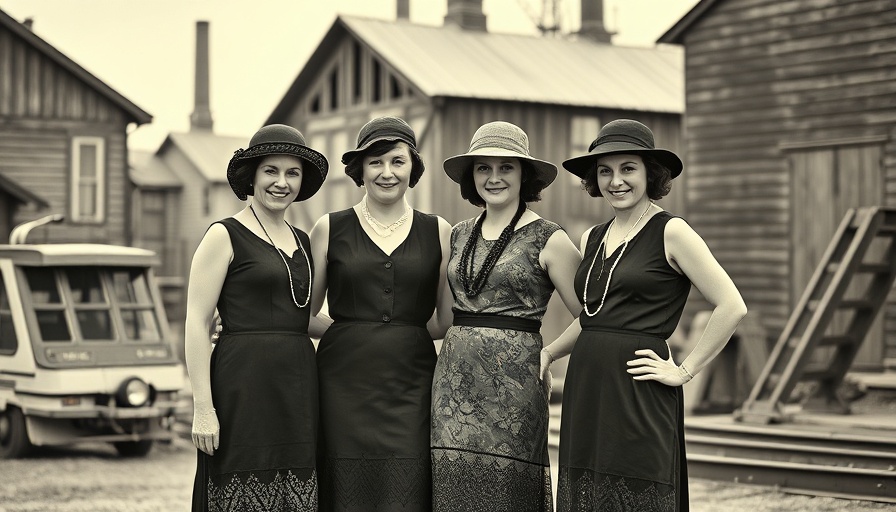
Remembering Pearl Young: A Trailblazing Legacy for Women in STEM
Pearl Young, the first woman to hold a technical position at NASA’s predecessor, NACA (National Advisory Committee for Aeronautics), exemplifies the spirit of resilience and innovation that has paved the way for countless women in the fields of science, technology, engineering, and mathematics (STEM). Born in 1895, Young’s journey through a predominantly male-dominated industry is not only inspiring but also highlights the ongoing barriers many women continue to face in STEM today.
Overcoming Societal Barriers
In the early 20th century, societal norms dictated that college degrees in STEM were “less suited for women.” Despite these obstacles, Young earned a triple major in physics, mathematics, and chemistry from the University of North Dakota in 1919. Her determination to break societal norms attests to her strength and the critical role she would play in diversifying the STEM workforce.
A Pioneer in Technical Editing
After joining NACA in 1922, Young quickly became aware of the limits placed on women in technical roles. Observing the need for improved communication within the agency, she proposed the creation of the technical editor position. By 1935, her idea was implemented, and she was appointed as the assistant technical editor. Her path to prominence was rife with challenges, yet she persevered, demonstrating that women could lead effectively in technical fields.
The Impact of the Style Manual
One of Young’s most significant contributions was the Style Manual for Engineering Authors, published in 1943. This manual was not just a personal achievement; it became a cornerstone for technical writing within the agency and beyond. It ensured clarity and consistency in technical reports, aiding innovations during World War II and influencing global engineering standards. Young’s manual was used well beyond NACA’s transition to NASA, impacting engineers worldwide.
Raising Hell for Equality
Young was also known for her unwavering advocacy for her colleagues. She notably challenged authority when her team faced accusations for errors, defending them fiercely. Young's mantra of "raising hell" captured her relentless spirit in fighting for recognition and equal treatment for women. Her efforts exemplified the importance of addressing gender inequalities within technical fields.
A Legacy of Persistence and Inspiration
Young's legacy reaches far into present-day discussions of diversity in STEM. Despite the progress made, many women still face challenges like microaggressions and unequal pay. Pearl Young’s story serves as a beacon of hope and inspiration, reminding current and future generations of the power of perseverance and the importance of creating equitable environments in STEM.
The Future of Women in STEM
As discussions around gender diversity in STEM evolve, initiatives like the Pearl I. Young Scholarship, aimed at assisting women and underrepresented genders pursuing STEM degrees, reflect the important strides being made to honor her legacy. The need to champion diverse voices in science and technology is more crucial now than ever, echoing Young’s lifelong commitment to education and empowerment.
As we celebrate pioneers like Pearl Young, let us also commit to breaking barriers for future generations in science and technology. Recognizing and uplifting women in STEM not only enriches the fields with diverse perspectives but also fosters innovation that benefits all of society.
 Add Row
Add Row  Add
Add 




Write A Comment